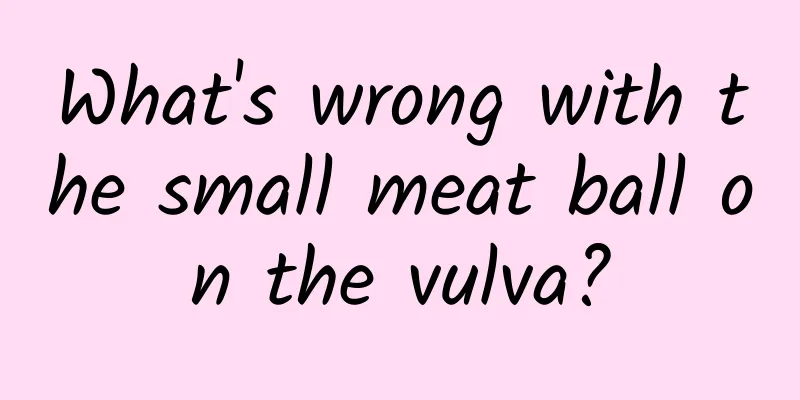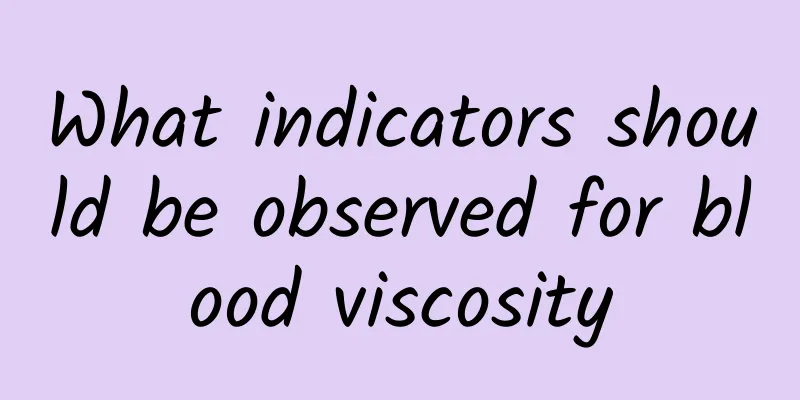The biceps reflex

|
I think everyone is familiar with the word reflex. Today, the editor is not talking about the reflex you think. Do you know the biceps? Maybe you don’t understand what I am going to say now, but you will know it in a moment. Reflex is not only a phenomenon, but also a means of case analysis through reflex. Next, I will popularize the basic knowledge of biceps reflex to let you better understand what is biceps reflex and what its significance is. 1Normal value The normal response is contraction of the biceps brachii. 2 Clinical significance Abnormal results: The normal deep reflex of the biceps brachii is transmitted by the musculocutaneous nerve, passes through the cervical spinal cord 5-6, and is still transmitted by the musculocutaneous nerve. Abnormal biceps reflex suggests damage to the above reflex arc. People who need to be examined: patients with suspected musculocutaneous nerve damage. 3. Notes Unsuitable groups: patients with arm disabilities or injuries. Taboos before examination: Relax your arms before examination. Requirements for examination: The examination can be conducted in supine or sitting position. 4 Inspection process (1) Supine examination method: The patient lies on his back with his forearms semi-flexed, muscles relaxed, and hands placed on the abdomen. The examiner presses the biceps tendon slightly above the elbow joint with the left thumb, and then taps the thumb with the percussion hammer held in the right hand. Normally, this causes the forearm to flex. (2) Examination in the sitting position: The patient sits, and the examiner supports the patient's elbow with his left hand and his forearm with his left forearm. Then, he presses his left thumb on the patient's biceps tendon and taps the thumb with a percussion hammer. Under normal circumstances, the reaction is the same as above. During the examination, if the above reactions are hyperactive, weakened or absent, they are all abnormal biceps reflex. shoot Triceps reflex: The patient's upper arm is abducted and the forearm is semi-flexed. The examiner holds the patient's elbow with his left hand. Then the percussion hammer is tapped directly above the olecranon The triceps tendon, The response is a contraction of the triceps and a slight extension of the forearm. The reflex center is in the 6th and 7th segments of the cervical spinal cord. Radial periosteal reflex: The patient's forearm is semi-flexed and semi-pronated, and the examiner taps the radial styloid process with a percussion hammer. The normal response is flexion of the elbow and pronation of the forearm. The reflex center is in the 5th and 6th segments of the cervical spinal cord. Knee jerk: When the patient sits, the calf is completely relaxed and hangs down at right angles to the thigh. In supine position, lift both knee joints with your left hand to bend the calf to 120 degrees. Then use the percussion hammer held in the right hand to tap the quadriceps tendon. The normal response is calf extension. If the patient is too nervous, If the reflex is not present, ask the patient to clasp his hands. Pull it tight and try again to pull it out. The reflex center is in the 2nd to 4th segments of the lumbar spinal cord. reflection Seat inspection Supine examination reaction Reflex Arc Biceps tendon reflex The patient's forearm is semi-flexed and internally rotated. The doctor supports the front of his hand with his left hand, places his left thumb on his biceps tendon, and supports the back of his hand with his left upper arm. Hold the percussion hammer in your right hand and tap your left thumb lightly. The patient's forearm is semi-flexed and internally rotated, with the hand placed on the abdomen. The doctor tapped the biceps tendon with his left fingers Contract the biceps and flex the elbow. Myocutaneous Musculocutaneous nerve Triceps tendon reflex The patient's forearm is semi-flexed and internally rotated. The doctor held his forearm with his left hand and tapped the triceps tendon above his olecranon. The patient's forearm is semi-flexed and internally rotated, with the hand placed on the abdomen. The doctor lifted his elbow slightly with his left hand and tapped the triceps tendon above the olecranon. Triceps contraction, forearm extension Radial nerve Cervical spinal cord segments 6-7 Radial nerve Knee tendon reflex The patient sits upright with the heel naturally on the ground, so that the thigh and calf form an obtuse angle, or one leg is placed on the other and the quadriceps tendon under the patella is tapped lightly. The doctor supported the patient's popliteal fossa with his left hand, brought the knee joint into a semi-flexed position, and gently tapped the quadriceps tendon. Medicine is all there. Line provided The quadriceps contract and the calf extends. Femoral nerve Lumbar spinal cord segments 3-4 Femoral nerve Achilles tendon reflex The patient sits upright with the heels on the ground, the thigh and calf forming an obtuse angle, and the knee slightly abducted. The doctor holds the sole of the foot with his left hand and slightly dorsiflexes it. Tap the eye tendon gently. The lower limbs are placed in a semi-flexed and externally rotated position or the patient lies prone with the knees bent and the calves upright. The doctor holds the sole of the foot with his left hand, slightly dorsiflexes it, and gently taps the Achilles tendon. The gastrocnemius contracts and flexes toward the plantar surface of the foot. Tibial nerve Lumbar spinal cord 5 - Sacral cord segments 1-2 Tibial nerve 1. Weakened or absent reflexes: seen in damage to any part of the spinal cord reflexes, such as peripheral neuritis, lesions of the anterior horn cells of the spinal cord (gray matter inflammation), and acute lesions of the brain or spinal cord resulting in brain or spinal cord shock (acute injury). In addition, bone, joint, and muscle diseases may also cause weakened or absent reflexes. 2. Hyperreflexia: seen in upper neuron damage and spinal tract lesions (such as cerebral hemorrhage, cerebral embolism and brain tumor). The spinal reflex is released due to the loss of control of higher-order neurons. In addition, when the excitability of the nervous system is generally increased, such as in neurosis, hyperthyroidism, obstruction, etc., bilateral symmetrical hyperreflexia may also occur. The above is an analysis of the biceps reflex. I believe you have a deeper understanding of this phenomenon. Reflex is not only a theory. The information fed back through reflex plays a very important role in our treatment of diseases. |
<<: What to do if you strain your biceps
>>: Is protein powder useful for muscle building?
Recommend
What are some tips for treating cold and tears?
I believe everyone is familiar with the disease o...
Bilateral inferior turbinate hypertrophy
When it comes to nasal diseases, everyone must pa...
Is small cell tumor treatable?
Many people think that they have a small cell tum...
Early symptoms of AIDS
In our lives, we often encounter public service a...
How many bladder meridians are there?
From the perspective of traditional Chinese medic...
Men press two places on their body, the effect is really awesome
Each acupoint of the human body corresponds to ea...
What are the symptoms of otolithiasis?
What are the symptoms of otolithiasis? We need to...
Is it normal for sperm to be milky white and sticky?
Sperm is something that only men have. It can com...
Stomach pain after meals
Many people should know that a person should walk...
After the rectal polyp was removed, the stool is still flat
There are many ways to treat rectal polyps, and s...
Does Polygonum capitatum have any effect on the kidneys?
Polygonum capitatum is a traditional Chinese medi...
What's wrong with my body aching, weak, and nauseous?
There are many reasons for body aches and weaknes...
Lumbar interspinous ligament edema
Edema is a common occurrence in the human body, b...
What are the traditional Chinese medicines for treating bladder tumors?
Bladder tumor is now a very common disease for us...
What is the cause of the small white pimples in the eyes?
Pimples are not unfamiliar to many people. Pimple...









